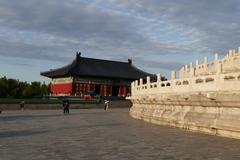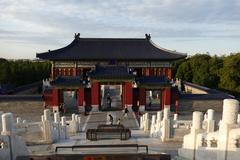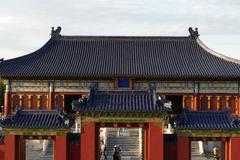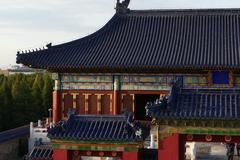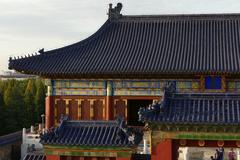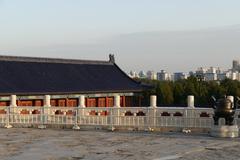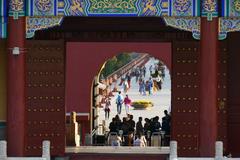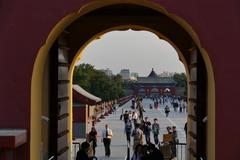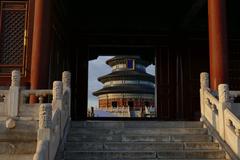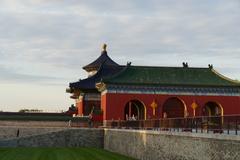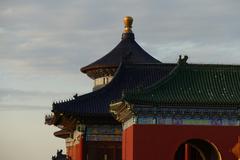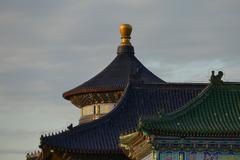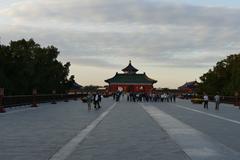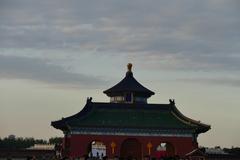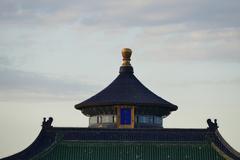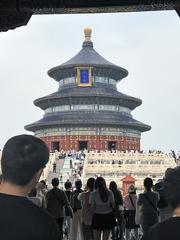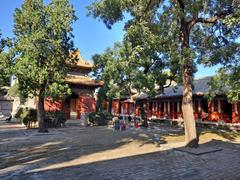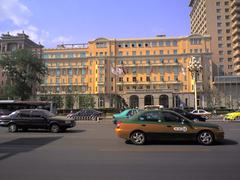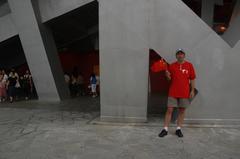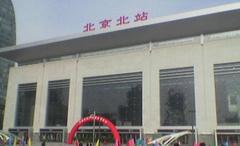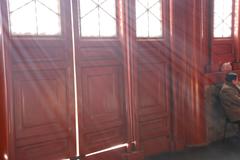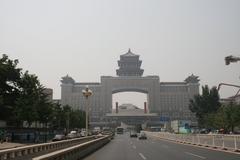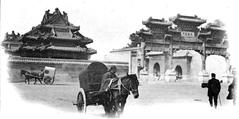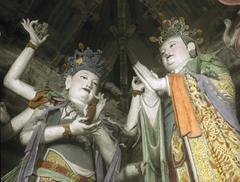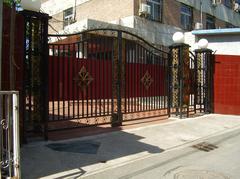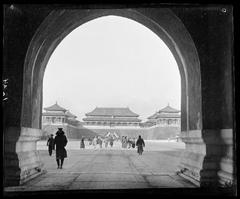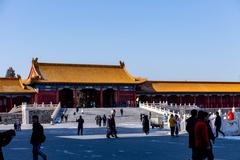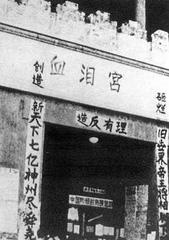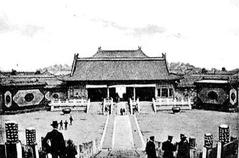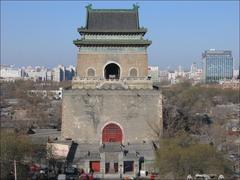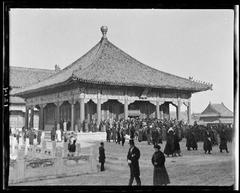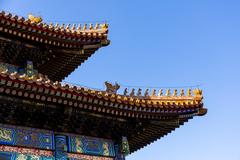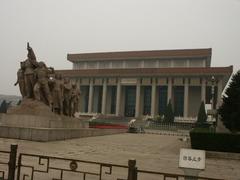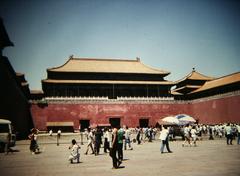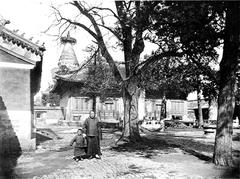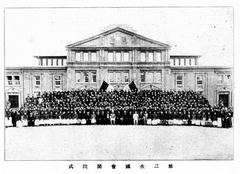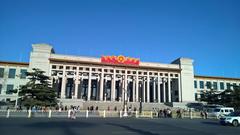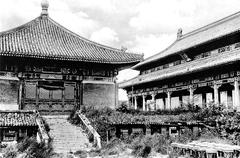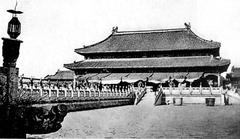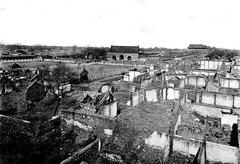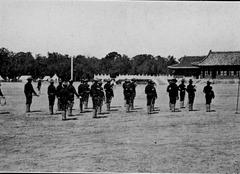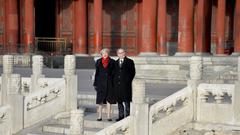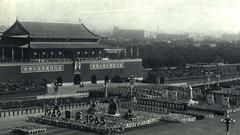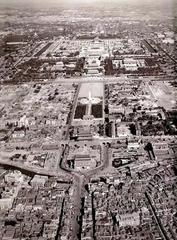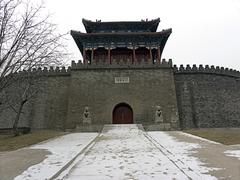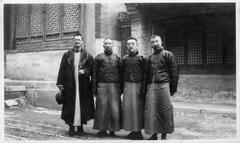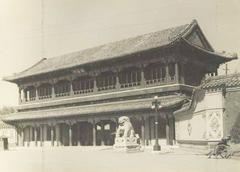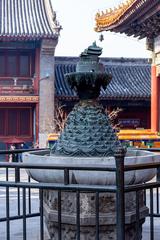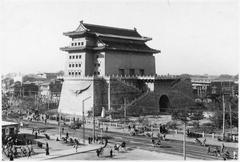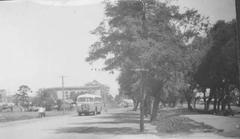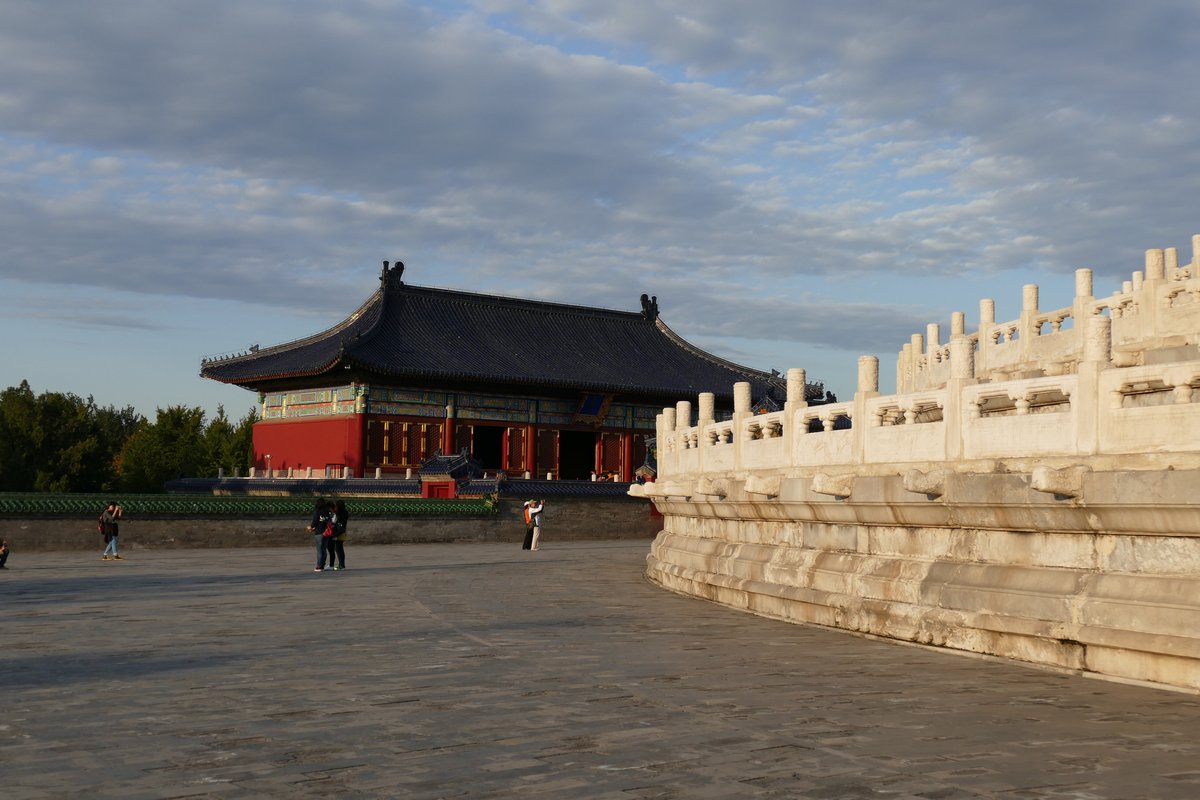
Visiting Hall of Prayer for Good Harvests in Beijing: Tickets, Hours, and Tips
Date: 23/07/2024
Introduction
The Hall of Prayer for Good Harvests (祈年殿), located within the Temple of Heaven complex in Beijing, is a profound symbol of ancient Chinese culture and religion. Constructed during the Ming Dynasty in 1420 under Emperor Yongle’s reign, this architectural masterpiece was initially named the Great Sacrifice Hall (China Highlights). The Hall stands as a testament to the advanced carpentry skills of ancient Chinese craftsmen, as it is constructed entirely of wood without the use of nails, supported by 28 massive wooden pillars that symbolize the cosmological order (UNESCO).
The Hall of Prayer for Good Harvests is not only an architectural marvel but also a site of immense cultural and religious importance. It was the focal point of annual sacrificial ceremonies conducted by the Emperor, who was considered the Son of Heaven. These ceremonies were crucial for ensuring good harvests and the well-being of the empire (Cultural China). Over the centuries, the Hall has seen numerous historical events and renovations, including a meticulous reconstruction in 1890 after a devastating fire. In recognition of its historical and cultural significance, the Temple of Heaven, including the Hall of Prayer for Good Harvests, was designated a UNESCO World Heritage Site in 1998 (UNESCO).
Today, the Hall of Prayer for Good Harvests is a major tourist attraction, drawing millions of visitors annually. This guide provides a comprehensive overview of its history, architectural significance, and practical visitor information such as ticket prices, opening hours, and travel tips, ensuring a memorable and enriching experience for all who visit.
Table of Contents
- Introduction
- History of the Hall of Prayer for Good Harvests
- Visitor Information
- Travel Tips
- Accessibility
- Visuals and Media
- FAQ
- Conclusion
History of the Hall of Prayer for Good Harvests
Origins and Construction
The Hall of Prayer for Good Harvests, located in the Temple of Heaven complex in Beijing, is a masterpiece of Ming Dynasty architecture. The construction of the Hall began in 1420 during the reign of the Yongle Emperor, who also commissioned the construction of the Forbidden City. The Hall was initially named the Great Sacrifice Hall and was used for annual ceremonies to pray for good harvests. The structure was rebuilt in 1545 during the Jiajing Emperor’s reign and renamed the Hall of Prayer for Good Harvests.
Architectural Significance
The Hall of Prayer for Good Harvests is renowned for its architectural ingenuity and symbolic design. The building is a triple-gabled circular structure, standing 38 meters tall and 36 meters in diameter. It is constructed entirely of wood, without the use of nails, showcasing the advanced carpentry skills of ancient Chinese craftsmen. The Hall is supported by 28 massive wooden pillars, each representing different elements of the cosmological order. The four central pillars symbolize the four seasons, the twelve inner pillars represent the months of the year, and the twelve outer pillars correspond to the traditional Chinese division of a day into 12 two-hour periods (UNESCO).
Historical Events and Renovations
Throughout its history, the Hall of Prayer for Good Harvests has witnessed numerous significant events and undergone several renovations. One of the most notable events was the fire in 1889, which destroyed the original structure. The Hall was meticulously reconstructed in 1890 under the Guangxu Emperor’s reign, adhering to the original design and construction techniques.
In the 20th century, the Hall and the entire Temple of Heaven complex faced periods of neglect, particularly during the Cultural Revolution. However, recognizing its historical and cultural value, the Chinese government initiated extensive restoration projects in the 1970s and 1980s. In 1998, the Temple of Heaven, including the Hall of Prayer for Good Harvests, was designated a UNESCO World Heritage Site, highlighting its global significance (UNESCO).
Cultural and Religious Importance
The Hall of Prayer for Good Harvests holds immense cultural and religious importance in Chinese history. It was the focal point of the annual sacrificial ceremonies conducted by the Emperor, who was considered the Son of Heaven. These ceremonies were crucial for ensuring good harvests and the well-being of the empire. The rituals performed in the Hall were meticulously planned and executed, involving offerings of jade, silk, and sacrificial animals (Cultural China).
The Hall’s design and decorations are imbued with symbolic meanings. The blue tiles of the roof represent the heavens, while the circular shape symbolizes the sky and the square base represents the earth, reflecting the ancient Chinese belief in the harmony between heaven and earth.
Preservation and Modern-Day Relevance
Today, the Hall of Prayer for Good Harvests is a major tourist attraction, drawing millions of visitors annually. Efforts to preserve and maintain the Hall are ongoing, ensuring that this architectural marvel continues to inspire and educate future generations. The Hall’s historical and cultural significance is celebrated through various exhibitions and educational programs, providing visitors with a deeper understanding of China’s rich heritage.
Visitor Information
Ticket Prices
Tickets for the Temple of Heaven complex, including the Hall of Prayer for Good Harvests, typically range from ¥15 to ¥35 depending on the season and type of ticket.
Opening Hours
The Temple of Heaven is generally open from 6:00 AM to 8:00 PM, with the main buildings including the Hall of Prayer for Good Harvests open from 8:00 AM to 5:30 PM. Check the Temple of Heaven official website for up-to-date information.
Special Events and Guided Tours
Guided tours are available and often provide deeper insights into the site’s history and cultural significance. Special events are also held periodically, especially during traditional Chinese festivals.
Travel Tips
Best Time to Visit
The best times to visit are during the spring (April to June) and autumn (September to November) when the weather is mild and pleasant. Avoid the peak tourist season during national holidays to enjoy a more serene experience.
How to Get There
The Temple of Heaven is accessible via public transportation. The nearest subway station is Tiantandongmen Station on Line 5. Several bus routes also stop near the complex.
Nearby Attractions
Consider visiting other nearby historical sites such as the Forbidden City, Tiananmen Square, and the Summer Palace to make the most of your trip to Beijing.
Accessibility
The Temple of Heaven complex, including the Hall of Prayer for Good Harvests, offers accessibility features for visitors with disabilities, including ramps and accessible restrooms. It is advisable to check the official website or contact the visitor center for more detailed information.
Visuals and Media
FAQ
Q: What are the visiting hours for the Hall of Prayer for Good Harvests?
- A: The Hall is open from 8:00 AM to 5:30 PM.
Q: How much are tickets to the Hall of Prayer for Good Harvests?
- A: Tickets range from ¥15 to ¥35.
Q: Is the Hall of Prayer for Good Harvests accessible for visitors with disabilities?
- A: Yes, the complex includes ramps and accessible restrooms.
Conclusion
The Hall of Prayer for Good Harvests is not just an architectural marvel but also a profound symbol of China’s rich cultural and religious history. Whether you are a history enthusiast or a casual traveler, a visit to this iconic site promises a deep and enriching experience. For more detailed information, visit the UNESCO World Heritage Centre and the Temple of Heaven official website. Don’t forget to download our mobile app Audiala for more travel tips and updates. Follow us on social media to stay connected!
References
- China Highlights. (n.d.). Retrieved from https://www.chinahighlights.com/beijing/attraction/temple-of-heaven.htm
- UNESCO World Heritage Centre. (n.d.). Retrieved from https://whc.unesco.org/en/list/881
- Cultural China. (n.d.). Retrieved from https://www.cultural-china.com/
